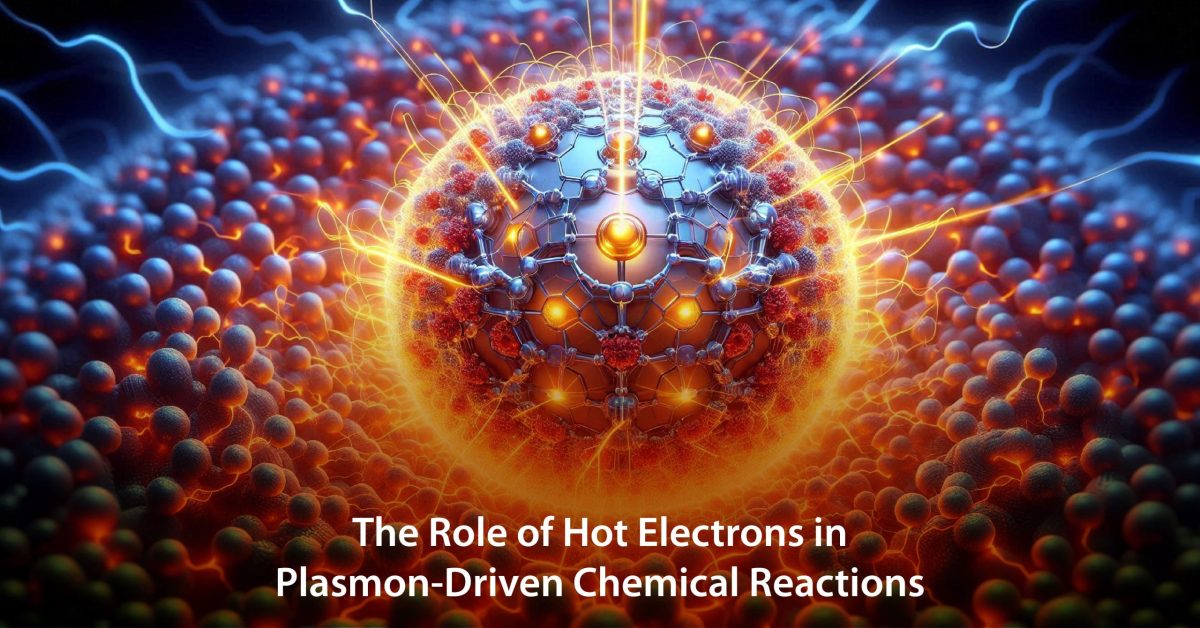Hot electrons refer to highly energetic electrons generated when metal nanoparticles, particularly those made of noble metals like gold, silver, or copper, are excited by light through a process called localized surface plasmon resonance (LSPR). This process occurs when light interacts with the conduction electrons on the surface of metal nanoparticles, causing these electrons to oscillate collectively. The energy absorbed from light excites the electrons into high-energy, or “hot,” states.
The role of hot electrons is indeed very promising, especially in plasmonic photocatalysis, which relies on the light-induced generation of energetic electrons responsible for the initiation or acceleration of chemical reactions across the surface of nanostructured metals. In this respect, it indeed works effectively in several reactions involving metal nanoparticles such as gold, silver, or copper capable of supporting localized surface plasmon resonance (LSPR). This reaction efficiency depends on the generation, transfer, and use of hot electrons and the nanostructured environment where these processes are occurring. The current article will discuss the role of hot electrons in plasmon-driven chemical reactions, including the mechanism involved and how this process is being harnessed for innovative catalytic applications.
Mechanism of Hot Electron Generation
The absorption of photons by metal nanoparticles generates hot electrons, which results in a so-called LSPR. The incoming light energy excites the electrons of the conduction band of the metal nanoparticles to higher energy levels, or, using other terminology, it creates “hot” carriers. Depending on the specific excitation and the energy distribution within the nanoparticle, these “hot” carriers can either be electrons or holes.
Once excited, hot electrons are usually short-lived. They may be used to drive chemical reactions if this energy is effectively transferred to the adsorbed molecules on the nanoparticle surface. This involves either direct excitation, corresponding to the process when a hot electron jumps to the lowest unoccupied molecular orbital of an adsorbed molecule, or indirect excitation via vibrational or other intermediary states.
These plasmonic nanoparticles act as antennas, which transform light into these highly energetic carriers the latter, in turn, will participate in chemical transformations afterward. At the same time, LSPR is very important due to the local enhancement of the electromagnetic field around the nanoparticle, allowing stronger interactions between the reactants and a metal surface.
